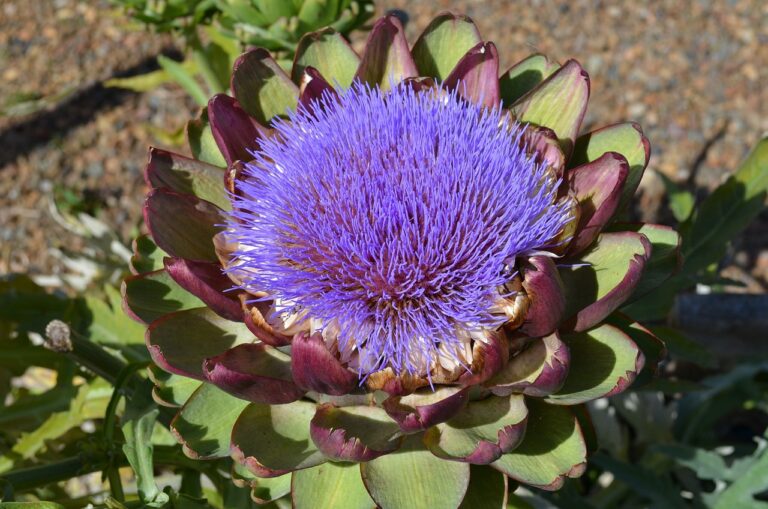Coping Strategies for Dealing with Chronic Pain Flares
Identifying triggers for pain flares can be a crucial aspect of managing chronic pain effectively. One common trigger could be a change in weather conditions, such as sudden drops in temperature or high humidity levels. For some individuals, stress and emotional upheaval can also act as potent triggers, leading to increased pain levels and discomfort.
Additionally, physical activities or overexertion may serve as triggers for pain flares in many cases. Understanding and recognizing these triggers can help individuals develop strategies to mitigate their impact. Keeping a pain journal can be a useful tool in identifying patterns and correlations between certain activities or conditions and the onset of pain flares. By identifying these triggers, individuals can take proactive measures to minimize their exposure and better manage their chronic pain.
Understanding the Importance of Rest and Relaxation
Rest and relaxation play a crucial role in managing chronic pain. When we are stressed or fatigued, our bodies tend to amplify pain signals, making the discomfort feel even more intense. By incorporating regular periods of rest and relaxation into our daily routines, we can help reduce this amplification of pain and promote overall well-being.
Taking breaks throughout the day to rest and unwind can help alleviate muscle tension and decrease the perception of pain. Engaging in relaxation techniques such as deep breathing, meditation, or gentle stretching can also help calm the mind and body, leading to a reduction in stress levels and a more manageable pain experience. Prioritizing rest and relaxation is not a luxury, but a necessary component of a holistic pain management plan.
• Regular periods of rest and relaxation can help reduce amplification of pain
• Taking breaks throughout the day can alleviate muscle tension and decrease perception of pain
• Engaging in relaxation techniques like deep breathing, meditation, or gentle stretching can calm the mind and body
• Prioritizing rest and relaxation is a necessary component of holistic pain management plan
Exploring Different Pain Management Techniques
When it comes to managing chronic pain, exploring various techniques can be beneficial in finding the most effective approach for each individual. One commonly used method is cognitive-behavioral therapy, which focuses on changing negative thought patterns and behaviors that may contribute to increased pain perception. This therapy can help individuals develop coping strategies and improve their overall quality of life by addressing the psychological aspects of pain.
Another effective pain management technique is physical therapy, which aims to improve mobility, strength, and function while reducing pain levels. Through targeted exercises and stretches, physical therapists work with patients to enhance their physical abilities and minimize discomfort from chronic pain conditions. Additionally, techniques such as acupuncture, massage therapy, and mindfulness meditation have shown promise in providing relief and promoting relaxation in individuals struggling with pain.
What are some common triggers for pain flares?
Common triggers for pain flares can include stress, poor posture, lack of sleep, overexertion, weather changes, and certain foods or activities.
Why is rest and relaxation important for pain management?
Rest and relaxation are important for pain management because they help reduce stress levels, improve sleep quality, and allow the body to heal and recover from any underlying conditions that may be causing the pain.
What are some different pain management techniques to consider?
Some different pain management techniques to consider include physical therapy, massage therapy, acupuncture, chiropractic care, mindfulness and meditation, heat and cold therapy, and over-the-counter or prescription pain medications.







